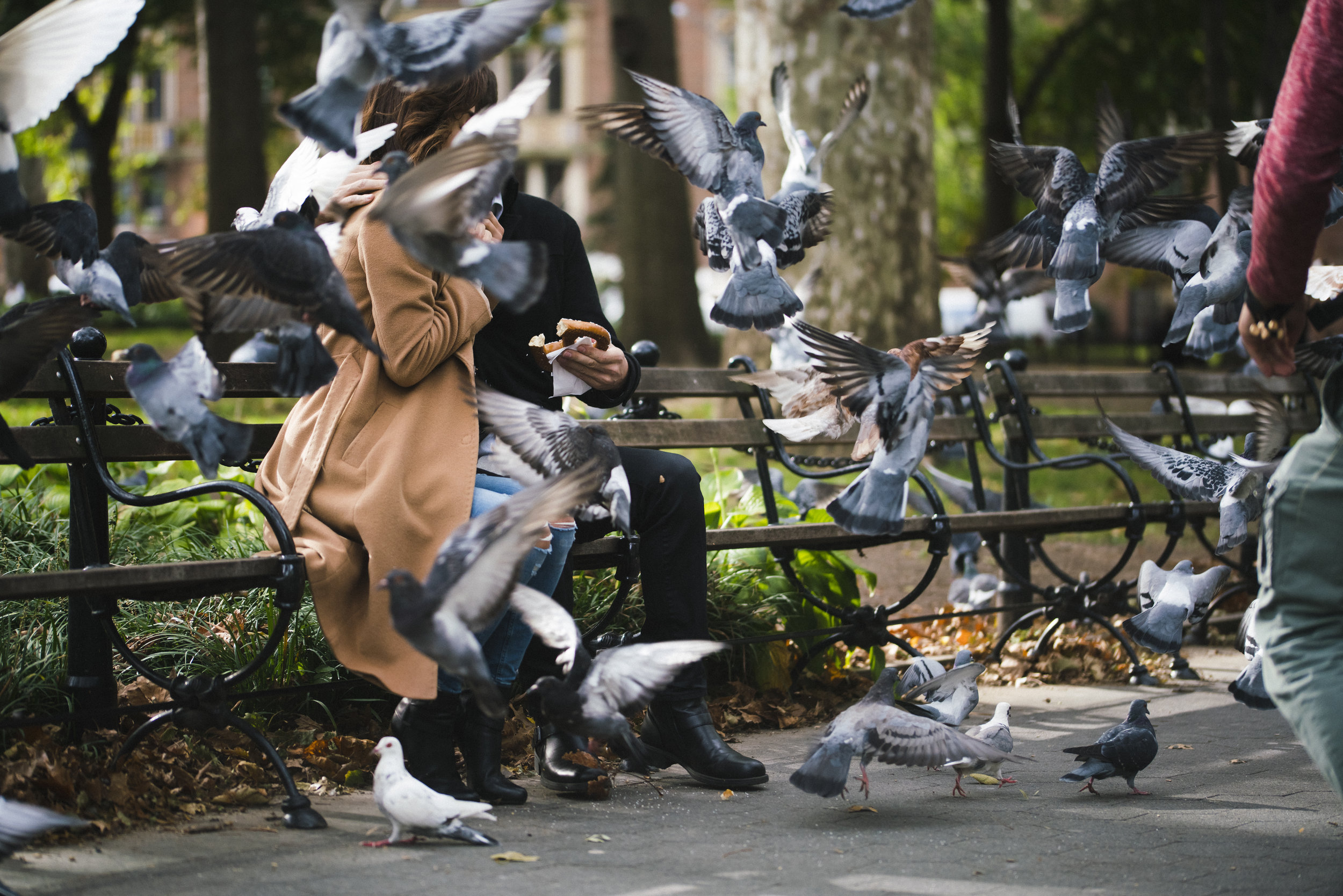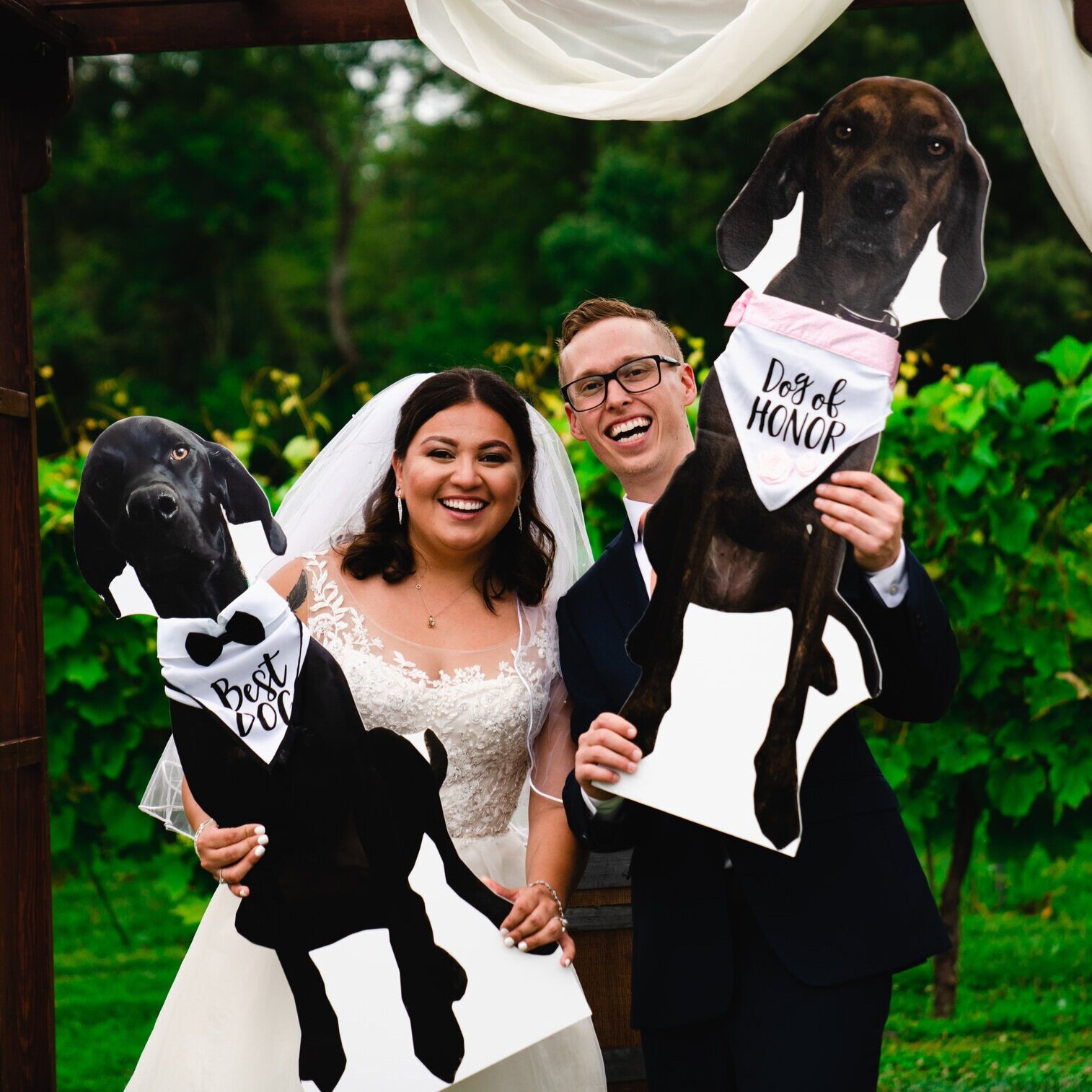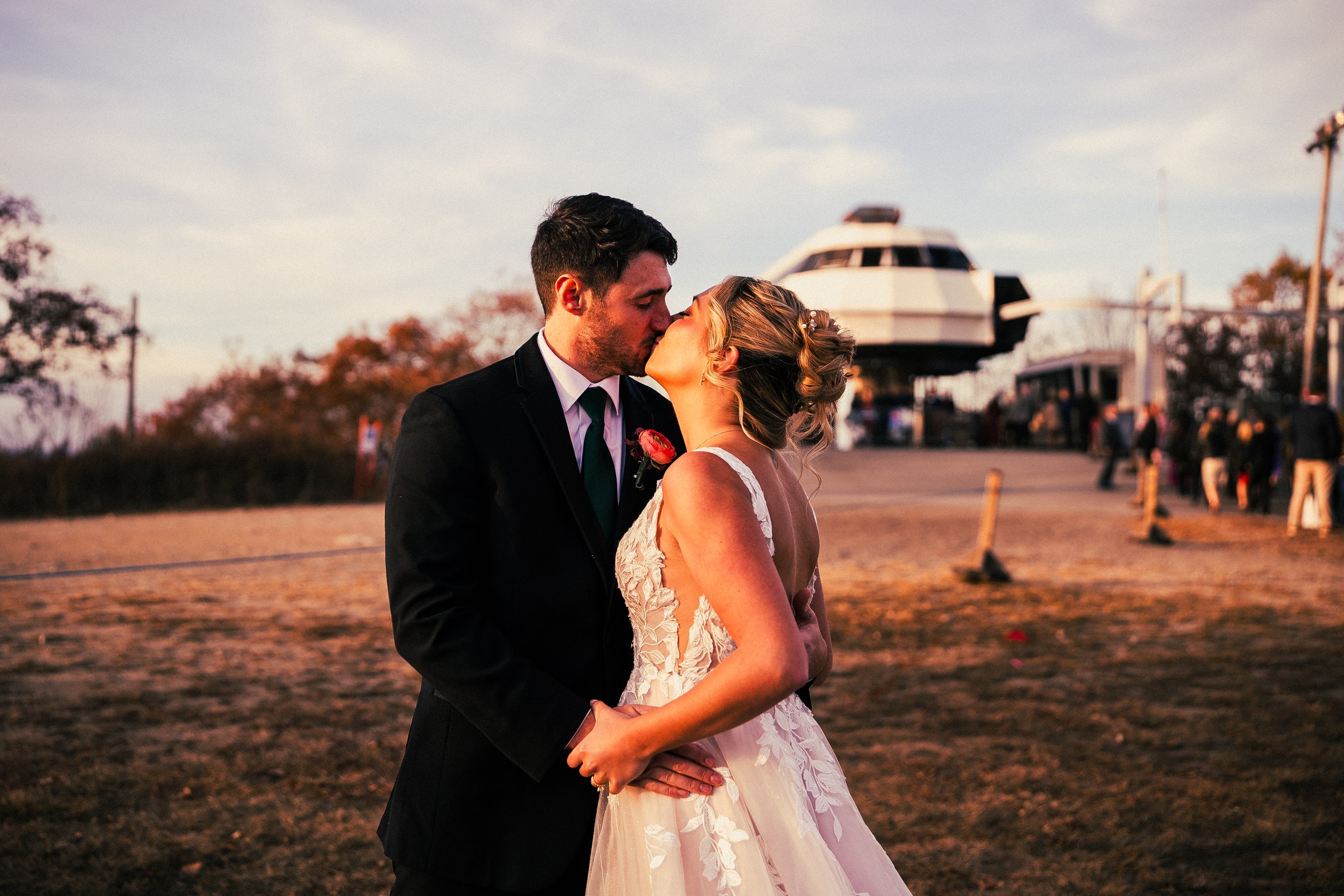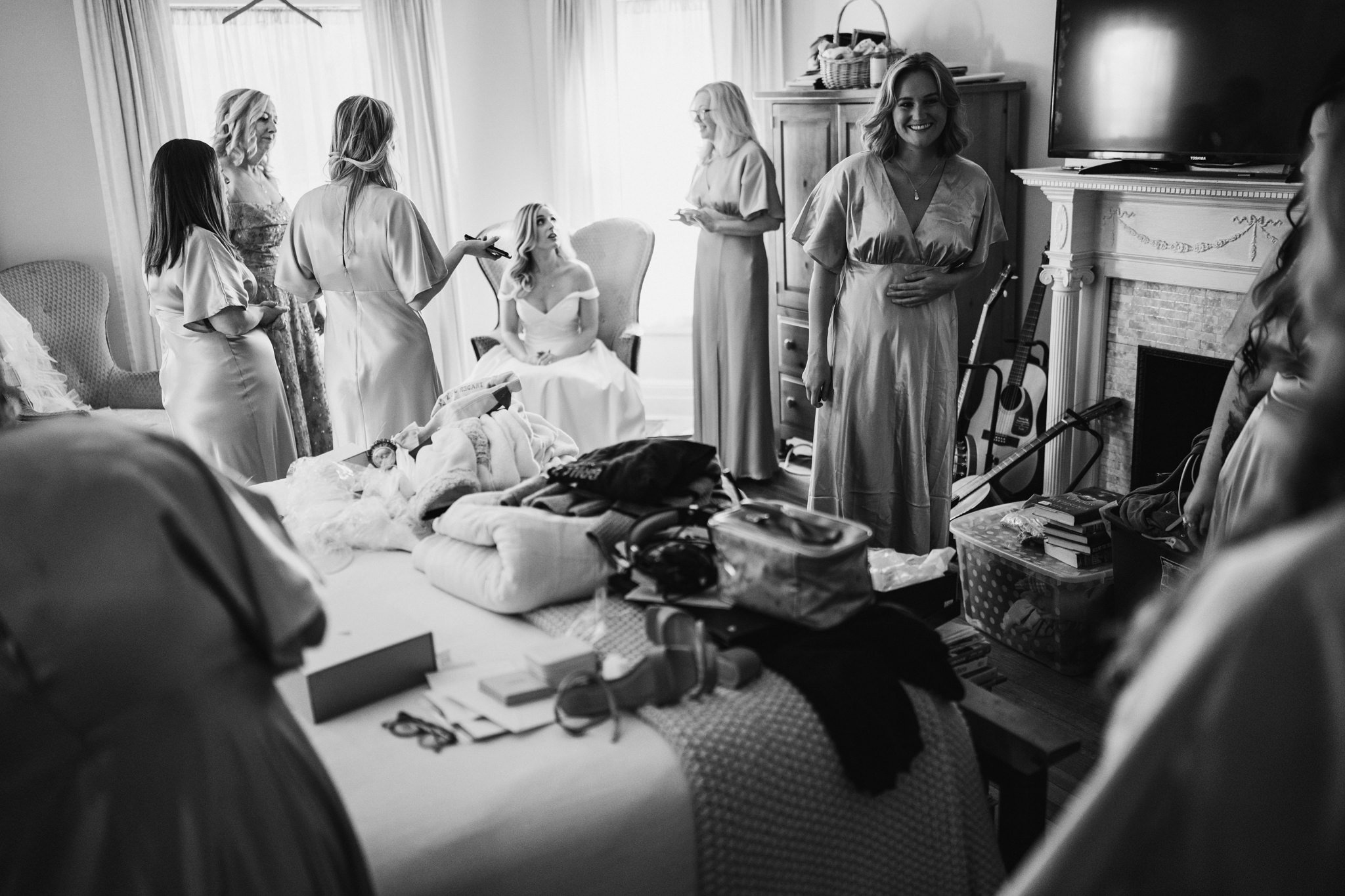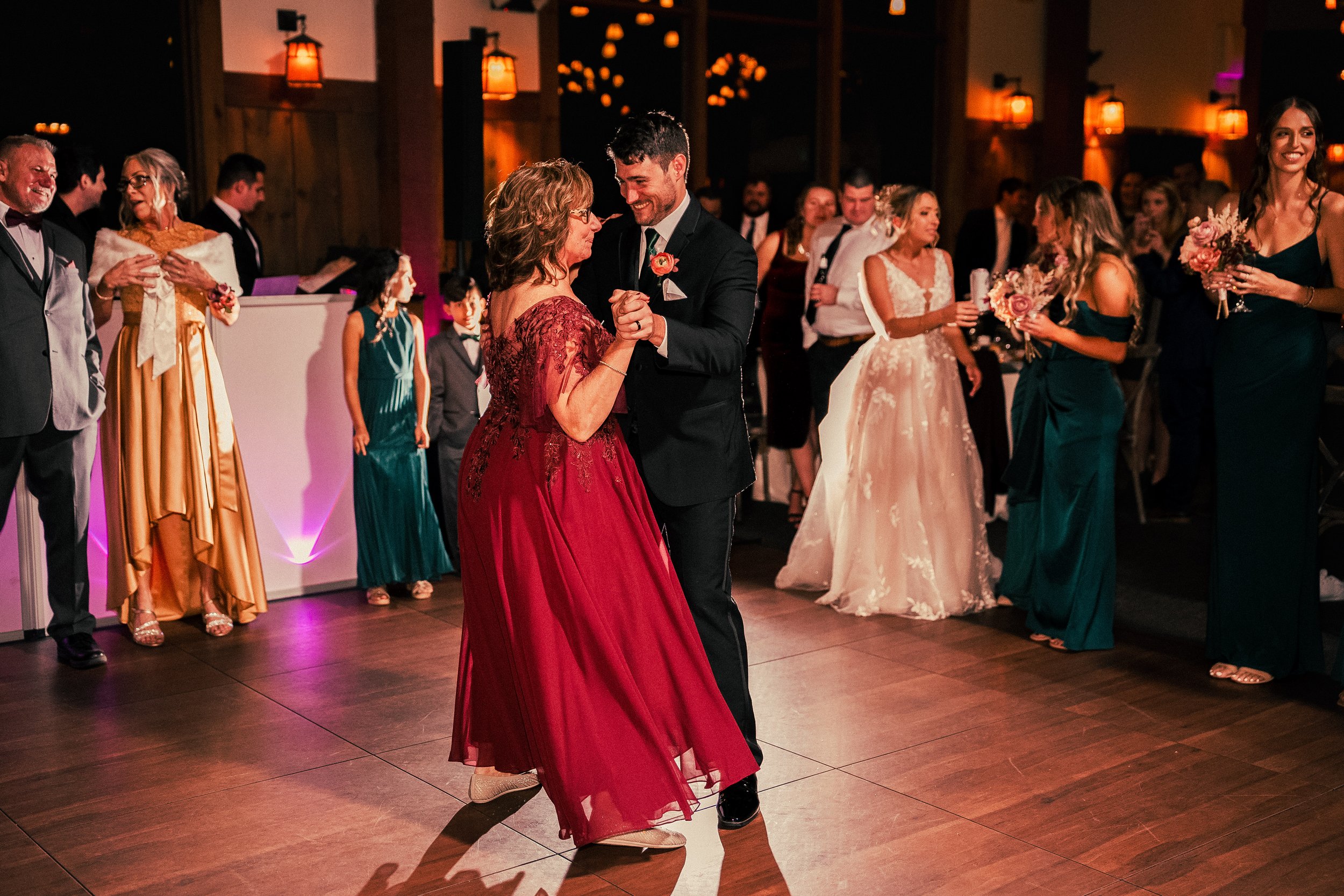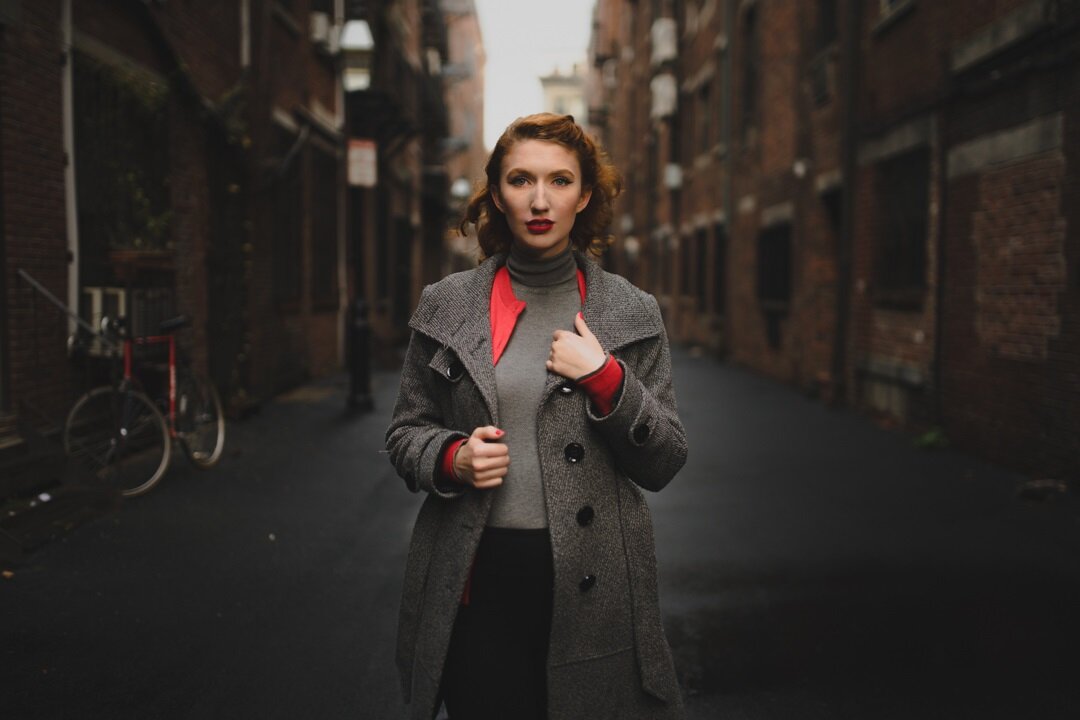
TV BLOG
Shutter Speed, Whats that?
What is Shutter Speed?
I just took your photo, wanna see me do it again? Wanna see me do it in slow-motion?
The camera’s shutter is a mechanical (sometimes digital) device, that opens and closes for a predetermined amount of time. (There is also an open shutter for long exposure shots.)
Shutter is measured in parts of a second. Examples are 1/10,1/15, 1/30,1/60, 1/120, 1/240, but also in full seconds 1s , 5s ,10s.
The amount of time that the shutter is open or that the sensor is accepting light, determines the exposure of the image. It also determines how much motion blur the image gets or doesn't get.
Before you go cranking your shutter up to 1/8000, keep in mind that there are times when the motion blur from a slower shutter can be desirable. You can show a fast moving object, with a still world to emphasize the contrast of energy.
A fast moving subject can be followed as it passes, producing a clear crisp subject and it can emphasize the motion in a single image. Or you can always use a flash to preserve your subject and blur the background, using a process called Shutter Drag. Common examples are often used in motorcycle photography.
Contrast to using motion blur, you can always crank up the shutter and freeze motion. This can be awesome when capturing moments that are typically too quick to appreciate all of the fine details. Like someone or something frozen in mid air, or the spray of water, dirt or dust.
For video : Typically, you double or divide your shutter in half, in order to move up and down full stops of light. For video, it's often advised to follow the 180 rule. This is the perceived cinematic “normal”, in which you are doubling the frame rate to identify the shutter. Using the 180 rule, if you shoot in 24p as a frame rate, than your shutter should be set to 1/48 or 1/50. This is not so much a rule, but more of a guide. I encourage you to experiment with different frame rates and faster shutters, to produce crisper motion with less motion blur.
Hopefully this helps you to better understand shutter speed and how it works. It’s used as a lot more than just a way to control the exposure, so I hope that this knowledge can help your photography grow. Thank you for reading!
Visit our photography portfolio, or follow us on social media!
Hallie and Josh's Visual Timeline
This wedding was beautiful @ Valenzano Family Winery, Shamong, New Jersey
This wedding was beautiful
I was honored to be a part of it. Josh is a very close family friend and my cousin was the best man. Early on, I had a good feeling about the day.
(If you were at this wedding there is a guest album at the bottom of the article.)
08/07/2021
Hallie was super sweet and calm all morning. Spirits were high and it was nothing but laughter and love with the entire wedding party and make up artist Rachel from Rachel Elizabeth Studio.
It wasn’t until the dress was on, that I even remotely saw any stress in her face. But stress was short lived.
A rabbit came out and literaly watched, as we did the bridal portraits at Hallie’s Parents New Jersey home. It was slightly surreal that it didn’t fear us.This was no doubt symbolic of her gentile heart and likely was a good omen.
We did a first look privately in the vineyard of Valenzano Winery and you could feel the genuine connection relieve any lingering stress. They grounded each other in the most beautiful way.
The ceremony was equally beautiful. The emotions were high, but with nothing but pure love.
Shout out to the Due Amici for catering the event and feeding us and the other venders early, so we could efficiently capture the rest of our day. Not only was the meal amazing, but we were also really grateful for that kind of hospitality. The DJ, John Cicala from Silver sound was extremely professional, courteous and over all a pleasure to sit and chat with.
After the formalities, the reception erupted in the most energy that I’ve ever seen come from the DJ playing “Love Shack” by the B-52s. That energy held strong for at-least the next 4 hours. Needless to say, the love was strong that night and I believe it was a direct result of what kind of people Josh and Hallie are.
Hallies Review
“The entire team of timeline visuals was beyond my expectations. My husband can be nervous behind the camera so we wanted a team that would fit in more like family than people creeping behind us all day. I almost forgot they were there with the way they blended in. Seeing the photos of the guests- it truly captured the joyous emotions of the day and the fun throughout the reception. We did not opt for a videographer but these photographers did more than just capture the photos. They somehow captured the emotion as if we had live video. Our families have let us know how impressed they are as well. Both with the final product, having them around on the day off, responsiveness, and respectfulness. 11/10 in everyone’s book!”
Ceremony Video
If you were at Hallie and Josh’s wedding, then we’ve created a guest album with some incriminating dance floor photos.
Photos are available to download with our water mark for free, but are limited to 5 photos per person. They are also available for purchase, via the portal which will also remove the watermark!
Thanks for checking us out! if you like our work you can check out more at
timelinevisuals.com/weddings








